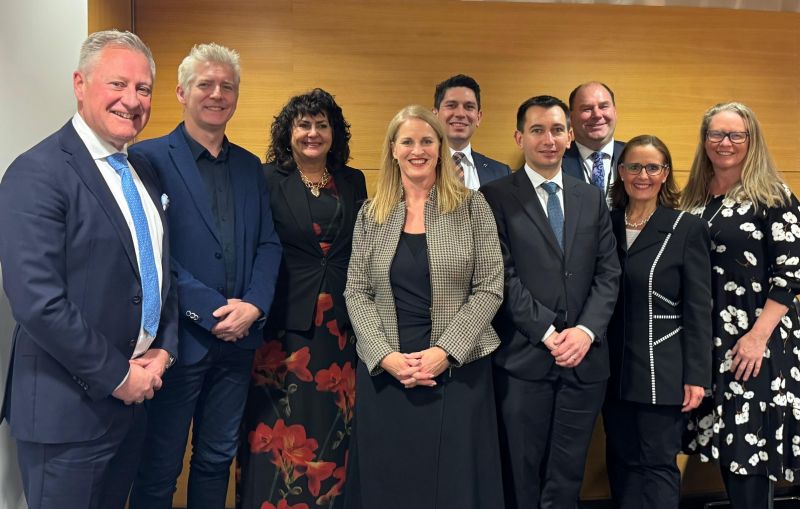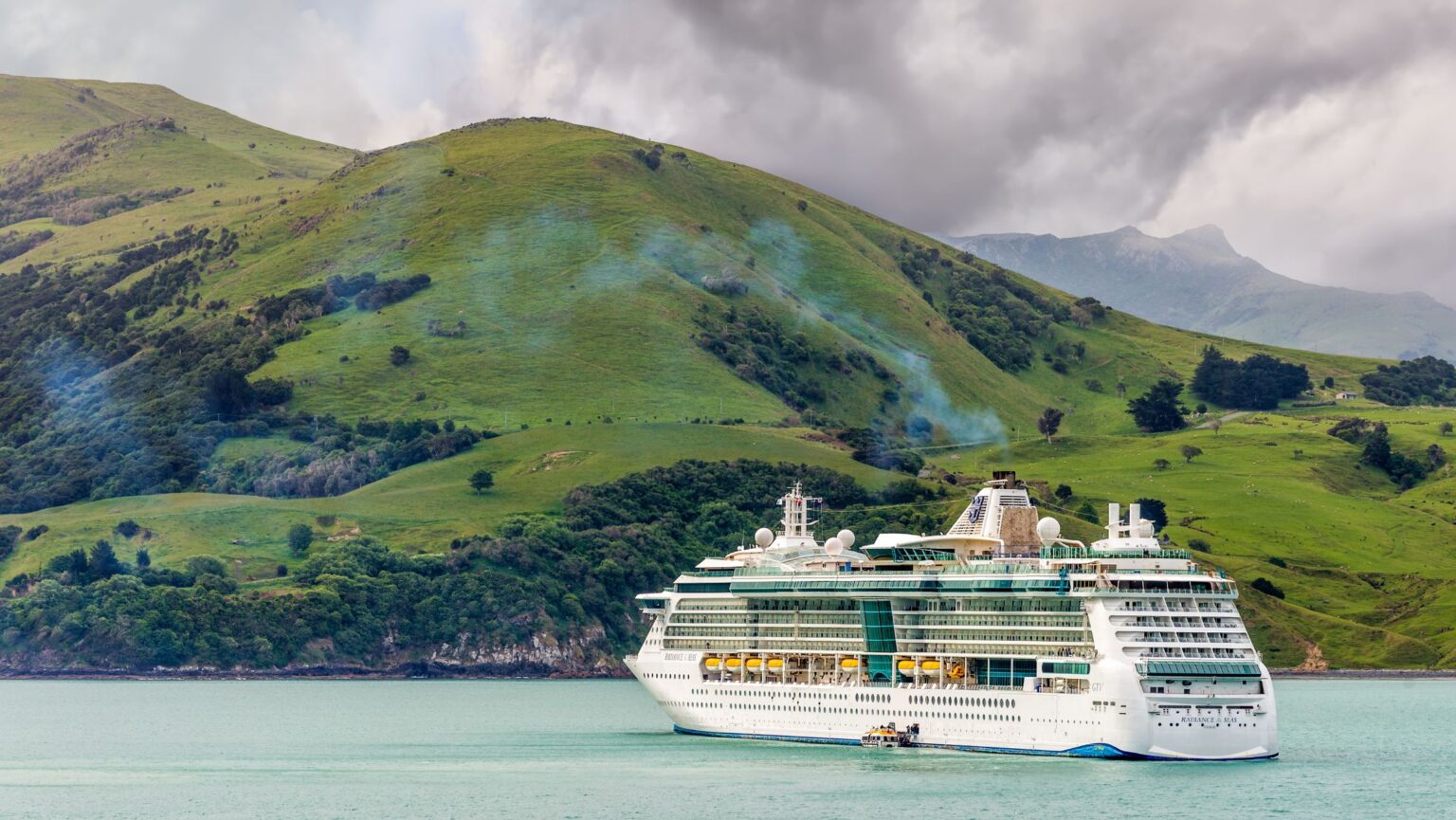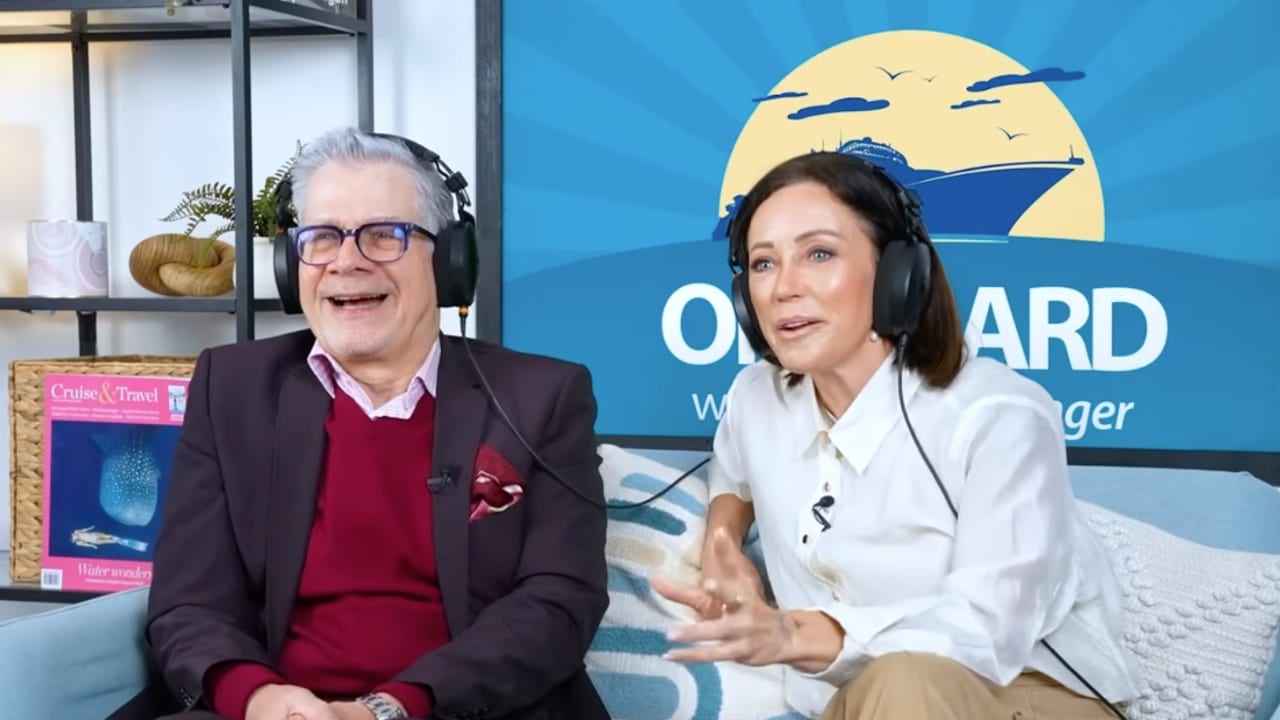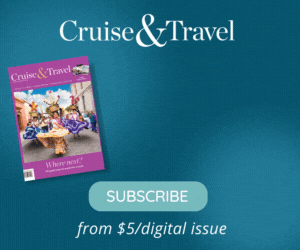- A New Zealand cruise summit between government officials and cruise lines has discussed strategies to promote New Zealand cruise.
- New Zealand is in the midst of a steep decline, with cruise visitation dipping 40 per cent.
- While meetings like these are positive, they didn’t addressing a key factor – they need Australia’s help.
The New Zealand Government has held a cruise summit, and admits the industry is “vital” to the country’s economy.
The New Zealand’s cruise industry has been hit hard by a decline, with some cruise lines visiting the country up to 70 per cent less and overall cruise visitation declining up to 40 per cent.
This “challenging environment” for cruise has led to more New Zealanders having to cruise overseas, with fewer and fewer options on their doorstep.
Recently, the industry had a win, with the confirmation that cruising would not be banned from the country’s jewel, Milford Sound. And a season without ships being turned back by biosecurity rules has also helped return a sense of security to cruise schedules.
Now representatives from the cruise industry have been trying to build on this moment and revive the industry, meeting with key government officials in a bid to create new strategies to promote and encourage cruise in the country.
Reps from the Cruise Lines International Association, the New Zealand Cruise Association, Carnival Corp, Royal Caribbean Group and more met with the New Zealand Tourism and Hospitality Minister Louise Upston. Also present were the Minister for Auckland Simeon Brown, Minister for Customers and Associate Minister for Immigration Casey Costello, Minister for Biosecurity Andrew Hoggard and Minister for the South Island James Meager.
Tourism Minister Upston described cruise as a “crucial” element of New Zealand tourism and says it is “vital” to partner with the industry moving forward.
“This meeting sets the sail for more collaborative and coordinated engagement with the sector to explore future opportunities for cruise in New Zealand while safeguarding our natural assets.
“The Tourism Growth Roadmap I released in June includes cruise connectivity as a workstream because of its role in the tourism ecosystem and in enabling economic growth. It is vital we partner with the cruise sector to do this.”
CLIA Managing Director in Australasia Joel Katz said the meeting offered a good chance for discussion and consideration of how cruise operates in New Zealand.
“This is a valuable opportunity to consider the many areas of government that support cruise operations and lay the foundations for greater collaboration between government, industry and local communities.
“Cruise tourism is worth more than NZ$1 billion a year to the New Zealand economy and supports almost 10,000 jobs around the country, so it’s important that we achieve the right settings for cruising to thrive.”
Meeting such as these ones represent positive signs for the New Zealand cruise industry, but there is a lot of work to be done. While cruise is growing worldwide, it has dropping significantly in New Zealand.

Is New Zealand failing to address a crucial part of their cruise struggles?
A crucial element of reviving the cruise industry that perhaps wasn’t addressed in meetings such as this one, which are held in private, is collaboration between Australia and New Zealand.
Australia is also seeing a steep decline in cruise capacity, with the industry losing 35 per cent of capacity amongst big ships in just three years.
The relationship between cruise in Australia and New Zealand is symbiotic. The majority of cruises to New Zealand leave from Australia, meaning that when the Australian industry isn’t in a healthy position, it’s also extremely difficult for the New Zealand industry to grow.
This goes the other way as well. Cruises to New Zealand are one of the most popular sailings out of Australia amongst guests, particularly those arriving internationally. They can also generally be priced a touch higher than sailings to the South Pacific.
This means that when the New Zealand cruise industry experiences any of the numerous problems it has encountered over recent years, such as last-minute tax increases, ships being turned away for biofouling concerns, or industry uncertainty over future bans, this also discourages cruise lines from bringing ships to Australia.
In the post-pandemic era of cruise, profitability has clearly been the name of the game. From moves as extraordinary as the dissolution of P&O Australia, right up to loyalty program cuts and private island developments, it all comes down to maximising profits.
Australia and New Zealand’s remote location from the world already means higher fuelling costs, and it appears adding regulatory difficulties in both countries and high port fees on top of this has been enough to make cruise lines largely reduce their presence in the region.
To reverse this trend, it would take collaboration and planning between the cruise industry and governments of both countries to ensure a more cruise-ship-friendly environment.
This line of thinking was put into practice when a team of representatives from both Australia and New Zealand went to the Seatrade Conference in Miami to advocate for Australasia as a region.
However, little has ever been reported about collaboration or discussions at a governmental level. Given that the most realistic scenario for bringing cruise back to the region would involve both countries altering their regulatory barriers to cruise, this level of collaboration will likely be needed to achieve these goals.
The reality is that Australia has been dead quiet when it comes to any change on cruising regulations. In fact, apart from port fees, it’s not always completely clear what exactly all the regulations that repel cruise ships. Australia’s ‘complex regulatory environment’ is generally referred to loosely by the cruise industry.
Some of what is known includes difficulties with customs border processing for ships entering Western Australia from Asia. There is also inconsistent renewal and little clarity over the Coastal Trading Act, which is the legislation that allows cruise lines to operate in Australia as foreign-flagged ships.
Another significant charge is the $70 processing fee for cruise passengers who arrive to or leave an Australian port on a cruise, called the Passenger Movement Charge.
Through working collaboratively with Australian cruise stakeholders and government members, particularly those in tourism, New Zealand could most effectively boost its cruise numbers through a larger rethink of how the entire region welcomes and receives cruise ships.
While New Zealand is working towards boosting its industry is admirable, it will likely need to be a team effort if the country is to see a significant increase in cruise.









When I read of an industry, like cruising / tourism in NZ having difficulties that it cannot control or correct, inevitably it’s caused by government regulation and or interference.
Politicians and especially bureaucrats should know that the more difficult you make it for a business to do business, the more likely it will be for that business will just shut up shop and go away. That’s a loss for everyone.
The reasons for this are very simply. They cannot afford to comply with all the requirements you have imposed on them, and remain competitive and attractive to customers. There is a limit to what a customer of the business is prepared to pay and the business owner will be very aware of that limit.
Cruise ship companies can give the impression they are extremely wealthy, but they are actually “asset” wealthy. To build and operate a cruise ship costs a small fortune, so if people find the price of a ticket too expensive, the cruise ship company isn’t the only loser. That loss trickles down to everyone directly and indirectly involved.
I have found that NZ tends to be a tad “over-the-top” with regards to environmental protection and its associated regulations. I have also found immigration and customs staff (at airports in particular) to be over enthusiastic in application of the countries regs.
That’s my 10 cents worth.